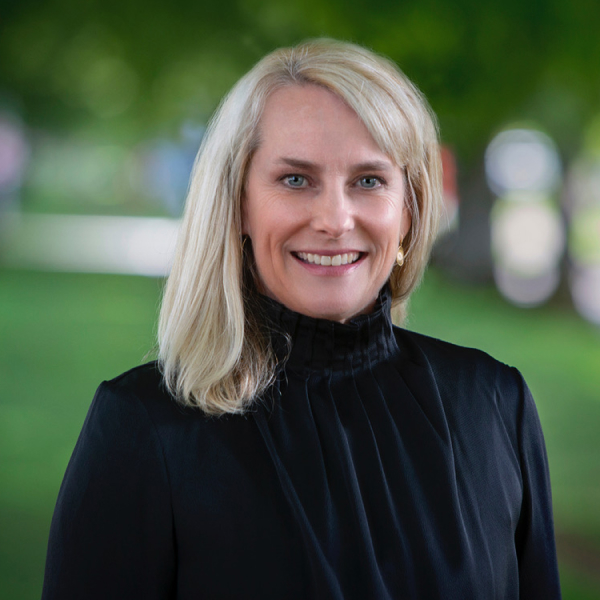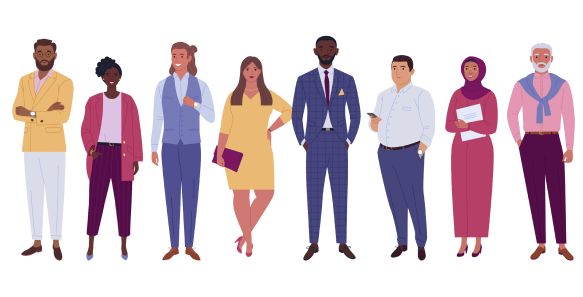Psychological safety is one of the most important factors for a team's effectiveness. Amy C. Edmondson, The Novartis Professor of Leadership and Management at Harvard Business School came up with the term “psychological safety” which refers to workplace dynamics and how people are treated when they go out on a limb. She wrote, “psychological safety is a belief that one will not be punished or humiliated for bringing up ideas, questions, concerns or mistakes.” At its core, psychological safety is about trust. When someone takes an interpersonal risk by speaking up, it won’t be met with ridicule, a personal attack or bullying. If leaders encourage brainstorming and openly embrace failure, then it makes sense that employees will feel safe to take risks too and as a result, it leads to innovative solutions. During the pandemic, complex problems are in full view, so encouraging everyone (no matter what their title) to contribute and voice their opinions and solutions will be needed for all businesses.
The Perfect Team
In a 2012 study at Google, they became obsessed with learning how to build the perfect team. They studied their high performing teams and considered things such as personality type, industry background and whether or not the teammates were friends outside of work. Using organizational psychologists and sociologists, their data revealed that the most successful teams were ones that showed empathy towards one another and provided a safe place to speak up, mess up and raise concerns without being judged or criticized. The single most important factor for their most successful teams was psychological safety.
Psychological Safety starts with leadership
Last week, Francoise Brougher, a former COO in her 50s was fired from Pinterest and her medium article about how she was treated went viral. While her law suit is about gender discrimination, she also talked about the lack of psychological safety. She said, “Our advertisers found our tools difficult to use and lacking the basic features of our competitors’ ad systems. I sounded the alarm because it was my job to raise these issues. I was blunt and did not hold back. I told the team that we were making a critical mistake by ignoring the concerns of our advertisers. Ben, in addition to being CEO, was also head of product. Now suddenly I was disinvited from all the product team meetings.” She took a risk by voicing her concerns and was punished for it. If there’s an issue that an employee sees as a potential problem or obstacle for the company, they should feel comfortable voicing their concern without the fear of punishment or retaliation.
This can get tricky when the problem being addressed is an idea that came from leadership. A friend who worked for a media company had suggested an alternative idea to the one her manager suggested. Instead of listening to her point of view and how the company could engage with customers and build trust, he said, “I disagree. That’s a terrible idea”. That type of response discouraged everyone on the team from speaking up. Instead, they agreed with whatever he said. Obviously, this kind of response destroys innovation. Also, my friend was 53 at the time and knew it might be difficult to find a job with benefits so she decided not to confront him about the altercation and told herself it wasn’t worth it.
Being comfortable and open to ideas that are not your own is not only a sign of a strong leader, it’s also a sign that the company values and wants new ideas. When employees are encouraged to discuss all options without any threat of retaliation, the benefits are extraordinary. Consider the following:
Psychological safety’s measurable benefits
According to Gallup, psychological safety can lead to a variety of benefits including:
- 27% reduction in turnover
- 40% reduction in safety incidents
- 12% increase in productivity.
Steps to Encourage Psychological Safety:
There are several ways to ensure that a workplace environment can make it a priority for employees to feel safe. Professor Edmondson recommends 6 ways to encourage and create an environment of psychological safety. If you’re in a leadership position, pay close attention to numbers 5 and 6 in order to be effective.
- Gather people’s opinions on important decisions in writing before you meet to discuss them (weekly check-ins are recommended)
- Ensure that everyone has an equal opportunity to put forward their ideas before you announce which ideas you support
- Always try and experiment using multiple plausible arguments/ideas, rather than settling for one option
- Hold group discussions in meetings if there are disagreements rather than keeping things between two or three people
- Appreciate when team members take the time and effort to challenge your views
- Make a point of ensuring that other team members who have less authority on paper have their voice heard – adding a “no interruption” rule can help quieter team members have their say as well.
As a result of making psychological safety a priority at work, it empowers people to take risks, have open discussions, and brainstorm. This is badly needed in a time of massive change. Oftentimes, having a psychologically safe place to work leads to teams that outperform their company’s goals.
Reviewed & Recommended:
Amy Edmondson | TEDxHGSE | Building a psychologically safe workplace
Harvard Business Review, High-Performing Teams Need Psychological Safety. Here’s How to Create It
The New York Times, What Google Learned From Its Quest to Build the Perfect Team
| MORE ARTICLES
Emily’s vision for illume hire developed as part of her journey from a startup-curious sales and media professional to co-founder and CEO. Her passion is to provide resources to support professionals with 20+ years experience. Emily was part of the founding leadership team of Age Equity Alliance, a non-profit focused on the benefits of an intergenerational team.







